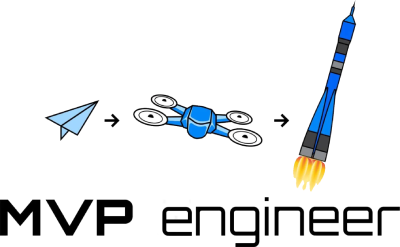
Start with the problem, not the technology. When there's an explosion of interest in a new technology, entrepreneurs often see it as the new solution. Where blockchain is the hammer, everything is a nail. Where gen ai is the hammer, everything is a nail.
During the biggest hype season of bitcoin, the 2017s 2018s, we got pitched blockchain for every possible industry. And even a cursory look at the fit of that as a solution to the given problem, exposed it as a solution looking for a problem, and not the other way around. For example, a blockchain for all real estate transactions in the network, to be validated by "trusted" parties of the network. By inserting the public blockchain and validation, there is almost nothing gained, since anyone trusted in the validation process could just be substituted with a centralized database. The trust in the company is a requisite for all of the transaction validators anyway, why introduce this system at all. An interesting technology we discovered during this time was immudb, an immutable database, similar to a blockchain, but without the validation and network. Nothing can be deleted or updated without a record of transaction. Any point in time backup can be created.
Companies that force fit a blockchain or alt coin to a problem that never needed it haven't survived the cycle.
We see the same thing today with generative AI. Absolutely, there are many new doors opened with this technology, but it will not be a one size fits all solution. Too many companies are using a chat interface to present information, only because that's the form of the latest breakthroughs in LLMs. The most egregious example of this we've seen is for dashboards of business analysts. "Ask me any question on the data, and I'll talk to you like a human." Great, now the analyst has to digest paragraphs of words to extract the numbers and meaning from a question. This is a highly trained human, being presented data in one of the least dense forms. We've invented dashboards and graphs and filters for a reason. This is largely the way this job role functions in the sea of data. Explore the landscape of advanced ML and AI before landing on a solution. It may be very likely that a form of neural net or collaborative filtering is the best answer to your problem. Leave the LLMs for the lowest level interactions.
Instead, start with a user group, ask them their pain points, and when a pattern emerges, only then apply a solution.

